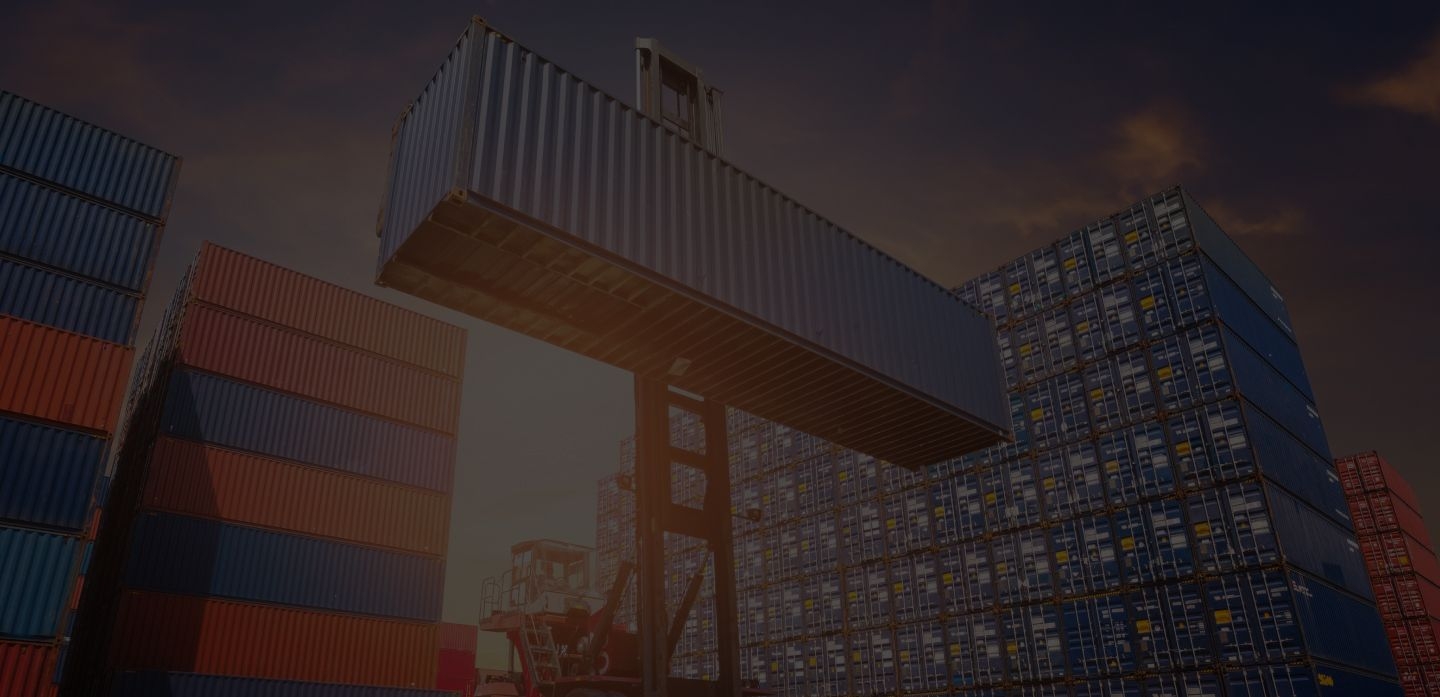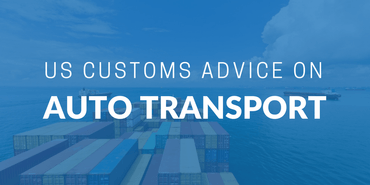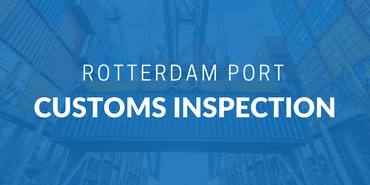
US Import duty and taxes from China 2022



![]()
Goods coming from China and imported to the U.S. are subject to import duty and taxes, the rates of which depend on current laws that govern the same. Being aware of the current import duty rate by country, as well as. how to compute them for the unique specifications of your shipment, can help you prepare for the costs and achieve a more seamless and stress-free shipping experience.
What are customs and import duty in the USA?
Before anything else, let’s define customs duty to help you better understand the topic in question. Customs duty is an indirect tax collected when goods are imported to or exported from a country. The duty is based on the assessed value of the goods, which includes the cost, insurance, and freight charges (CIF).
Every good imported into the U.S. receives different customs duty rates depending on whether it’s being imported for commercial or non-commercial use, its weight, how it will be used, where it was manufactured and much more - each product has to go through a process called classification that determines these rates.
For example: For clothes coming in from China with FOB prices above $5,000 per piece, there will be a 27 percent customs duty levied if they are for commercial use. If you import them for personal use only, you will be charged 2.9 percent.
How are customs duties calculated?
Every shipment entering the U.S. goes through a process called entry summary which starts with filing a customs form, namely CBP Form 7501 - Entry Summary and ends with either an instant payment of duties if your carrier handles electronic payments or by paying your bill when the invoice is provided to you.
The Customs value that is filed onto CBP form 7501 has two parts:
- The transaction value, which includes CIF price plus inland freight charges
- The “transaction value of identical goods”, which is the value calculated from identical goods that are the same in terms of physical characteristics, quality, and reputation, as well as produced in the same country and by the same producer.
How are customs duty rates determined?
The U.S. Department of Commerce’s International Trade Administration (ITA) provides an interactive platform called DutyCalculator where you can enter specific product details like its HS Code (Harmonized System code) and get accurate information about import duties/taxes it will be subject to.
Here are some examples of import duty from China sorted by product type.
Import Tariff China
A general rule of thumb is that if your product has an HS Code starting with the numbers 9003 - 9006, it’s considered an electronic good and will attract 6% duty if it’s for commercial use. If you’re importing clothes made in China with FOB prices exceeding $5,000 per piece, you’ll have to pay 27% duty plus additional state taxes.
If your shipment’s gross weight or volumetric weight is less than 10 kilograms per cubic meters, you will be charged 5 percent customs duty on the CIF value plus transport and insurance costs. This is a general rule of thumb and may vary depending on the product type, its country of origin, and other specifications required by CBP.
How to pay import duty and taxes
The customs duty is an indirect tax, so you need to pay it to the U.S. Bureau of Customs and Border Protection (CBP) before your goods can be released by them for delivery or they will release it “on payment” via cash-on-delivery (COD).
You do not need to pay import VAT unless the value of your shipment exceeds $800 - this threshold applies per package even if there are multiple items in one box. You should expect additional state taxes that depend on where your goods are coming from or heading to, as each state has different rates ranging from 0 to 2 percent.
In some cases, you can request your carrier to release your goods without the need to pay the duty and taxes in advance. In other words - get a letter of credit from them that will cover import duties/taxes on your shipment before it’s delivered or be able to provide enough collateral security upfront.
If you’re using a customs broker to handle customs clearance for you, they should be well versed with all these terms and charge a flat fee regardless of how many documents they have to prepare for this. It does not make sense to use one if they are going to charge by each document prepared as there might only be a few involved. This fee is typically based on the volumetric weight or gross weight of your shipment and depends on the value and product type.
Is it possible to get a refund for import duty and taxes?
Yes, you can get a partial refund of duties/taxes if your goods are sold or destroyed under CBP supervision. Keep in mind that this is not automatic, so you need to file a claim with documentation proving that this happened. It’s best to wait until the final duties/taxes payment is due as otherwise there may be additional penalties.
Related Articles


